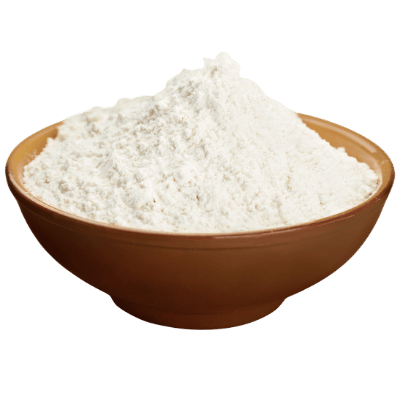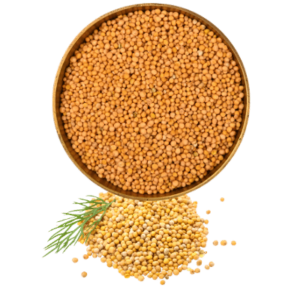Wheat Flour
Wheat flour is one of the most essential ingredients in global cuisine, derived from grinding wheat grains into a fine powder. It serves as the foundation for countless food products, including bread, chapati, pasta, cakes, biscuits, and pastries. The quality and texture of wheat flour vary depending on the type of wheat used and the degree of milling.
There are several types of wheat flour, including:
- Whole Wheat Flour: Contains all parts of the wheat grain—bran, germ, and endosperm—offering high fiber and nutritional value.
- All-Purpose Flour: A refined version with a balanced protein content, making it suitable for a variety of baking and cooking purposes.
- Bread Flour: High in gluten, making it ideal for yeast-based bread and other baked goods that require a strong structure.
- Cake and Pastry Flour: Low in protein, resulting in a soft and tender texture, perfect for cakes and pastries.
- Semolina Flour: Made from durum wheat, commonly used for making pasta and couscous.
Wheat flour is packed with carbohydrates, proteins, and essential nutrients such as B vitamins, iron, and magnesium. Whole wheat flour, in particular, is a rich source of fiber, promoting digestive health and helping regulate blood sugar levels.
In addition to its role in baking and cooking, wheat flour is also used in thickening sauces, making coatings for fried foods, and in various industrial applications. With its versatility, nutritional benefits, and widespread availability, wheat flour remains a fundamental ingredient in households and food industries worldwide.
Wheat flour is a finely milled powder made from wheat grains, widely used for baking and cooking. It is a staple ingredient in bread, pasta, pastries, and various other food products. Rich in carbohydrates, fiber, and essential nutrients, wheat flour comes in different varieties, including whole wheat, all-purpose, and refined flour, each serving different culinary needs.






